Chalk has been a cornerstone in educational environments for centuries. Teachers widely use it to illustrate concepts, organize lessons, and engage students in interactive learning. However, many people seldom consider what is chalk made of. Understanding the composition of chalk not only satisfies curiosity but also underscores its significance in effective teaching. This comprehensive guide explores the materials that constitute classroom chalk, the manufacturing process, the different types available, and the reasons why selecting the appropriate chalk can enhance the teaching experience.
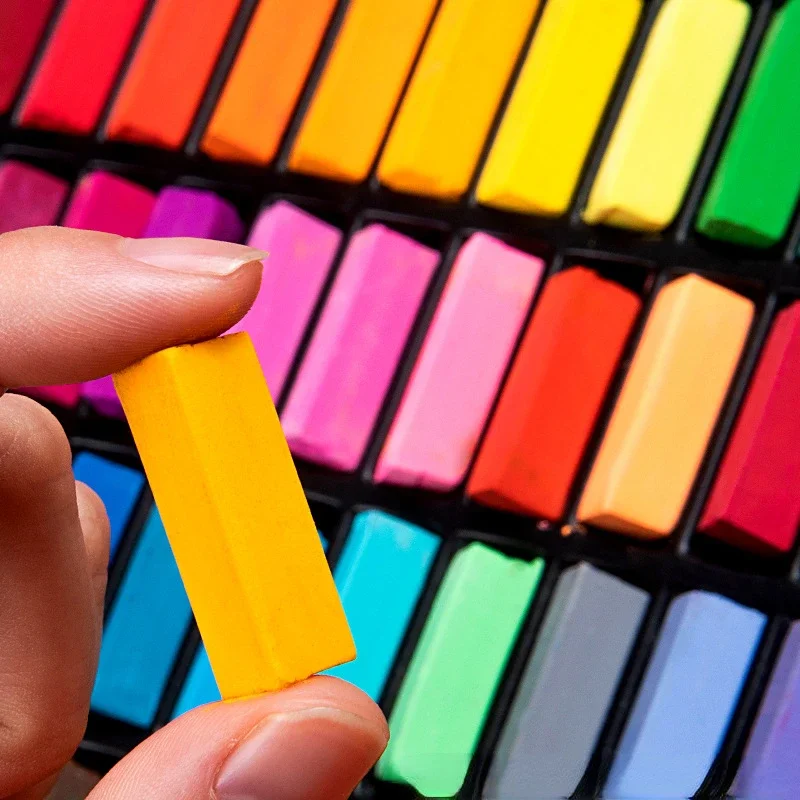 The Fundamental Components of Classroom Chalk
The Fundamental Components of Classroom Chalk
What is chalk made of? Chalk, a staple in classrooms around the world, boasts a straightforward yet efficient composition. Primarily, chalk comprises calcium carbonate (CaCO₃), derived from natural limestone or marble deposits. This main ingredient offers the smooth texture and erasable qualities that teachers rely on daily. Additionally, chalk may incorporate various additives, including binders, lubricants, and colorants, to improve performance and visual appeal.
Calcium Carbonate: The Primary Ingredient
Calcium carbonate serves as the core component of chalk. Teachers appreciate it because it creates clear, visible marks on blackboards with minimal dust production. The fine granularity of calcium carbonate allows for effortless writing and clean erasing, ensuring that lessons remain clear and organized. Furthermore, calcium carbonate is non-toxic, making it safe for use in environments with children.
Additives for Superior Performance
To enhance chalk’s functionality, manufacturers introduce several additives. Binders play a crucial role in keeping the chalks intact, preventing it from crumbling during use. Lubricants reduce friction between the chalks and the board, allowing for smooth writing movements. Colorants enable the production of vibrant colored chalks, which helps teachers highlight key information and create more engaging lessons. These additives ensure that chalk remains a versatile tool in diverse teaching scenarios.
The Chalks Manufacturing Process: From Raw Materials to Classroom
Creating the chalks that teachers depend on involves a meticulous manufacturing process designed to ensure quality and consistency. Each step plays a vital role in shaping the final product that lands on classroom blackboards.
Extracting and Processing Calcium Carbonate
The chalks production journey begins with mining calcium carbonate from natural sources like limestone or marble. Once extracted, the raw material undergoes extensive processing to achieve a fine, uniform powder. Ensuring the purity of calcium carbonate is essential, as impurities can compromise the chalk’s performance and safety. Manufacturers meticulously refine the calcium carbonate to meet stringent quality standards before proceeding to the next stages.
Blending and Forming the Chalks
After processing calcium carbonate, manufacturers blend it with the necessary additives. This mixture is carefully measured to maintain the precise proportions required for optimal chalks performance. The blended material then moves into molds where it is pressed into the desired shape—typically sticks or blocks. Pressing must be done with exacting precision to produce chalks that writes smoothly and erases effortlessly, meeting the high expectations of educators.
Drying and Quality Assurance
Following the shaping process, the chalk undergoes a drying phase to remove any residual moisture. Proper drying is crucial to ensure that the chalk remains solid and easy to handle. Once dried, each batch of chalks passes through rigorous quality assurance checks. Inspectors verify the chalk’s texture, consistency, and color before it is packaged and distributed to schools. This thorough process guarantees that teachers receive reliable, high-quality chalks for their classrooms.
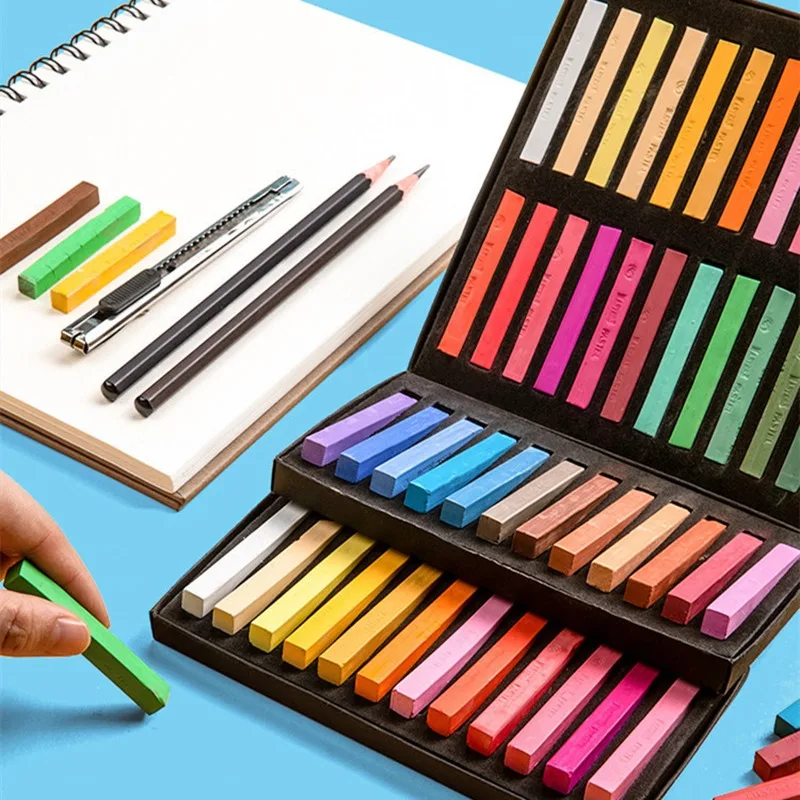 Diverse Types of Chalk for Different Teaching Needs
Diverse Types of Chalk for Different Teaching Needs
Not all chalk is created equal. Teachers have access to a variety of chalks types, each tailored to meet specific classroom requirements. Understanding these different types helps educators select the most suitable chalks for their teaching style and environment.
Traditional Blackboard Chalks
Traditional blackboard chalk remains the most widely used type in classrooms. Composed primarily of calcium carbonate, it offers excellent contrast against dark boards, ensuring that written content is easily visible to all students. Its simplicity and effectiveness have made it a time-tested favorite among teachers worldwide. Additionally, traditional chalk is affordable and readily available, making it a practical choice for everyday classroom use.
Sugar-Based Chalk: A Modern Alternative
Sugar-based chalk offers a modern twist on the traditional chalks formula. Made from a blend of sugar, cornstarch, and other non-toxic ingredients, it tends to produce less dust and provides a smoother writing experience. Additionally, sugar-based chalk often comes in a wider array of vibrant colors, adding aesthetic value to lessons. Teachers appreciate this type of chalks for its environmentally friendly profile and improved performance, making it a popular choice in contemporary classrooms.
The Environmental Footprint of Classroom Chalks
In an era where environmental sustainability is paramount, the ecological impact of everyday materials warrants careful consideration. Chalk, as a ubiquitous educational tool, is no exception. Understanding its environmental footprint helps teachers make informed choices that align with eco-friendly practices.
Natural vs. Synthetic Materials
Chalk made from natural calcium carbonate is generally more environmentally friendly compared to synthetic alternatives. Calcium carbonate is abundant and can be sourced sustainably, reducing the strain on natural resources. On the other hand, synthetic chalks may involve chemical processes that are less eco-friendly, contributing to greater environmental degradation. By opting for natural chalks, teachers can support sustainable manufacturing practices and minimize their ecological impact.
Biodegradability and Environmental Safety
Natural chalk is biodegradable, meaning it breaks down harmlessly in the environment over time. This characteristic contrasts with some synthetic chalk options that may persist in landfills, posing long-term environmental challenges. Additionally, natural chalk’s non-toxic properties ensure that it does not harm the ecosystem, making it a safer choice for environmentally conscious educators.
Reducing Waste with Refillable Chalks Options
To further minimize environmental impact, some manufacturers offer refillable chalks systems. These systems allow teachers to replenish their existing chalk sticks instead of discarding them after use. Refillable options significantly reduce waste, promoting a circular economy where materials are reused and recycled rather than disposed of. This approach not only conserves resources but also aligns with broader sustainability goals, making it an attractive option for eco-minded classrooms.
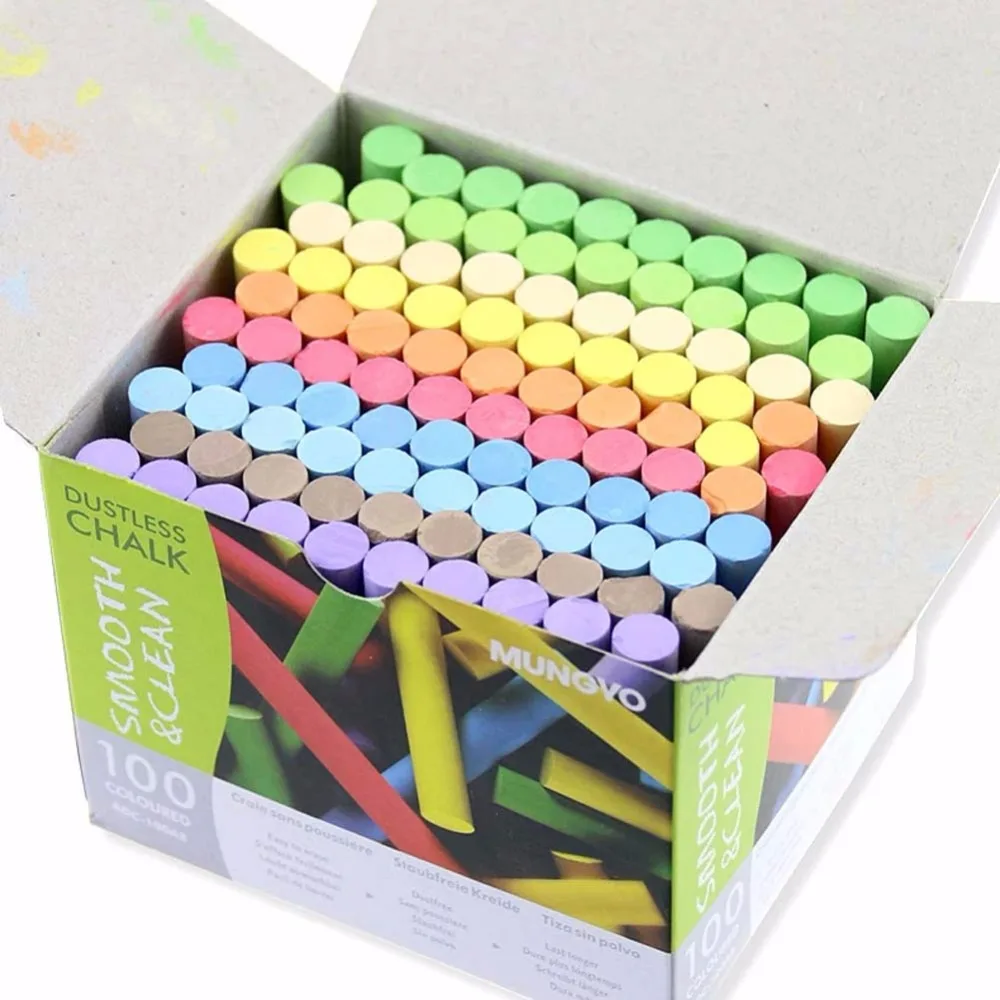 Choosing the Perfect Chalk for Your Classroom
Choosing the Perfect Chalk for Your Classroom
Selecting the right chalk can enhance teaching effectiveness and create a more engaging learning environment. Teachers should consider several factors when choosing chalk to ensure it meets their specific needs and preferences.
Board Compatibility: Matching Chalk to Your Surface
Different types of chalk work best on specific board surfaces. Traditional blackboard chalk excels on dark boards, providing high contrast and clear visibility. Conversely, colored or dust-free chalk may be more suitable for glass or whiteboards, where vibrant colors and minimal dust are advantageous. By matching the chalk type to the board surface, teachers can optimize writing clarity and maintain a clean, professional appearance in the classroom.
Enhancing Student Comfort and Safety
Prioritizing student comfort and safety is essential when selecting chalk. Dust-free and sugar-based chalks reduce the likelihood of respiratory issues and skin irritation, making them ideal for classrooms with sensitive or allergic students. Additionally, choosing non-toxic chalk ensures that accidental ingestion poses minimal risk, maintaining a safe learning environment for all students.
Ensuring Writing Precision and Easy Erasure
High-quality chalks should write smoothly and erase cleanly, ensuring that lessons remain clear and legible. Teachers should seek chalks that offers consistent performance, allowing for precise writing without the need for frequent sharpening or replacement. Opting for chalks that minimizes smudging and residue ensures that students can easily follow along with lessons, enhancing overall comprehension and retention.
The Integral Role of Chalk in Modern Education
Despite the rapid advancement of digital technologies in education, chalk remains a vital tool in many classrooms. Its unique benefits complement digital tools, ensuring that chalk continues to play an essential role in effective teaching and learning.
Facilitating Visual and Interactive Learning
Chalk allows teachers to create dynamic, interactive lessons that cater to various learning styles. By drawing diagrams, writing key points, and illustrating concepts in real-time, teachers can engage students more effectively. The tactile experience of writing with chalks also reinforces memory retention, helping students better understand and remember the material being taught.
Promoting Classroom Interaction and Engagement
Using chalk encourages teachers to move around the classroom, interact directly with students, and respond to their needs promptly. This physical interaction fosters a more engaging and inclusive learning environment, promoting active participation and collaboration among students. Chalk enables teachers to adapt their lessons on the fly, addressing questions and providing immediate feedback, which enhances the overall learning experience.
Cost-Effectiveness and Accessibility for All Schools
Chalk remains a cost-effective educational tool, especially when compared to expensive digital alternatives. Its affordability makes it accessible to schools with limited budgets, ensuring that all students have access to quality teaching materials regardless of financial constraints. By choosing chalks, schools can allocate resources to other essential areas, such as technology, books, and student support services, thereby enhancing the overall educational experience.
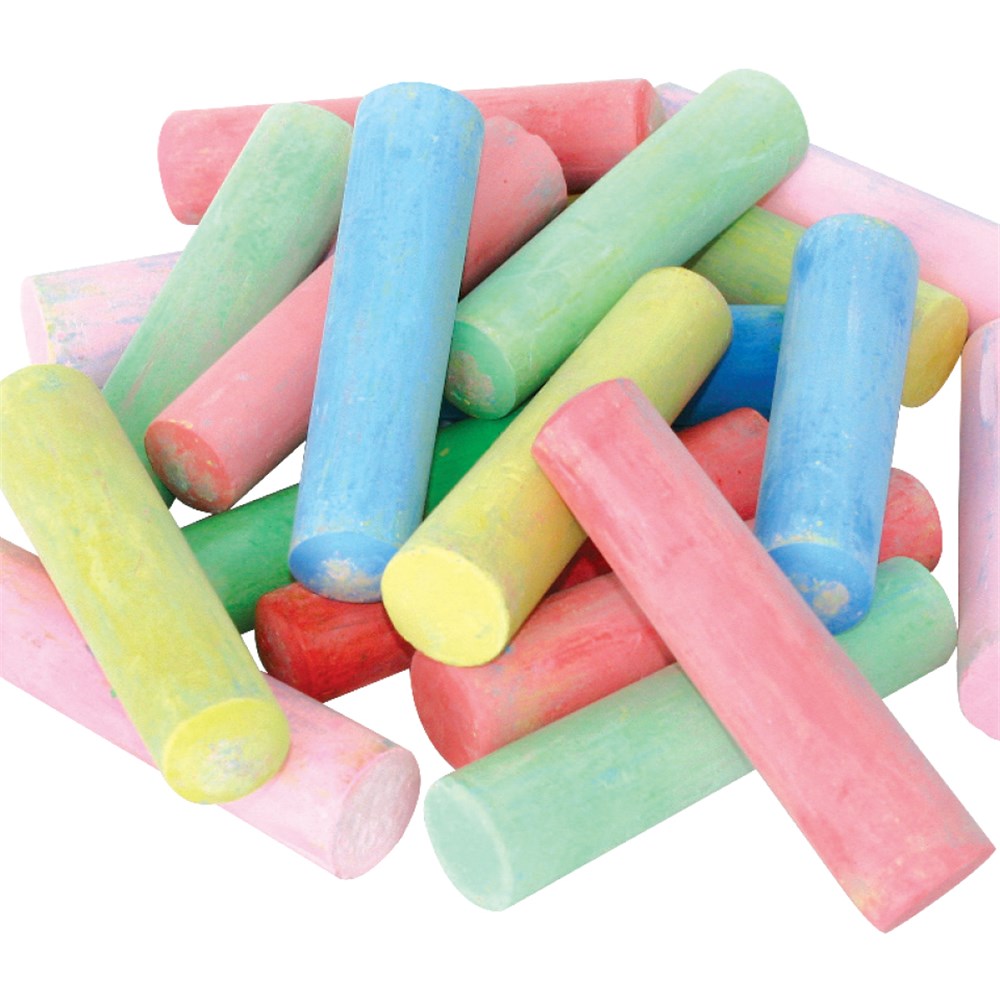 Innovations Enhancing Chalk for the Future
Innovations Enhancing Chalk for the Future
The chalks industry has not remained static; instead, it has embraced several innovations aimed at improving performance, safety, and environmental sustainability. These advancements provide teachers with better tools to enhance their teaching practices.
Sustainable Manufacturing Practices
Manufacturers increasingly adopt sustainable techniques in chalks production to minimize environmental impact. This includes sourcing calcium carbonate from environmentally responsible locations, reducing energy consumption during production, and minimizing waste through efficient manufacturing processes. These sustainable practices help lower the ecological footprint of chalks production, aligning with global efforts to promote environmental responsibility in education.
Improved Durability and Performance Features
Advancements in chalks formulations and additive technology have led to products with enhanced durability and performance. Teachers benefit from chalks that resists breakage and chipping, ensuring longer-lasting tools that require less frequent replacement. Additionally, improved formulations result in smoother writing experiences and easier erasure, reducing disruptions during lessons and maintaining clear, organized boards.
Smart Chalk: Bridging Traditional and Digital Teaching
Some manufacturers explore the integration of technology with traditional chalks to create “smart chalks.” This innovative approach involves embedding sensors or conductive materials into chalk sticks, allowing them to interact with digital whiteboards and other smart classroom technologies. Smart chalk offers the versatility of combining tactile writing with digital capabilities, providing teachers with new ways to enhance their lessons and engage students. This hybrid approach bridges the gap between traditional teaching methods and modern digital tools, offering a versatile solution for contemporary classrooms.
Maintaining Chalk for Optimal Classroom Use
Proper maintenance of chalk ensures that it remains effective and safe for long-term use. Teachers can implement several practices to maximize the lifespan and performance of their chalks.
Proper Storage and Handling Practices
Storing chalk in a dry, cool place protects it from moisture and damage, preserving its quality over time. Teachers should handle chalks carefully, holding it at the base rather than the tip to reduce breakage and extend its usability. Additionally, educating students on the correct way to use chalks can prevent unnecessary wear and tear, ensuring that chalk remains functional and reliable throughout its intended lifespan.
Regular Cleaning of Teaching Boards
Maintaining a clean board is essential for optimal chalks performance. Regularly cleaning the blackboard or whiteboard removes excess chalk dust and residue, preventing buildup that can dull writing and make erasing more difficult. Teachers should use appropriate cleaning solutions and tools to keep boards in good condition, allowing chalk to write smoothly and ensuring that lessons remain clear and easy to follow.
Monitoring and Replacing Chalk When Necessary
Teachers should periodically assess their chalk supply, checking for signs of wear, excessive dust, or color fading. Replacing chalk as needed ensures that lessons stay clear and effective, avoiding disruptions caused by poor-quality writing materials. By maintaining a consistent supply of high-quality chalk, teachers can focus on delivering engaging and informative lessons without worrying about the reliability of their writing tools.
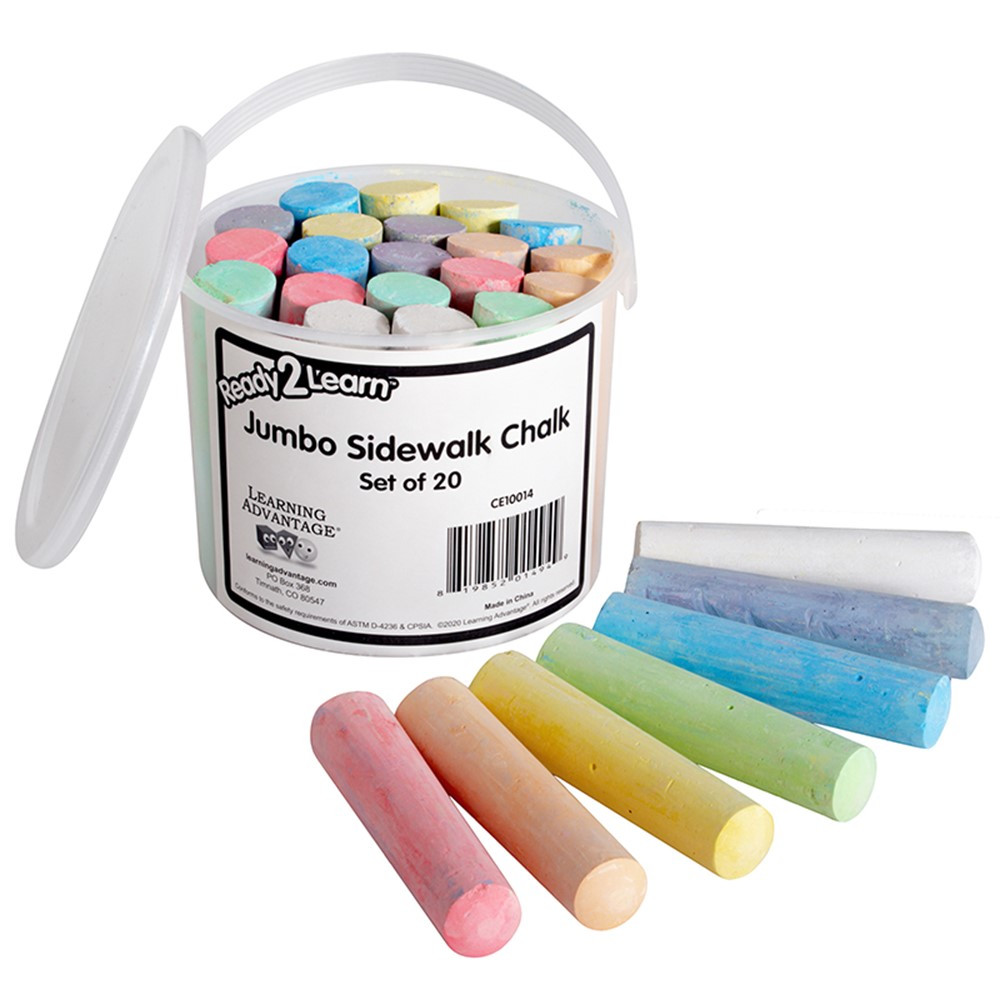 The Enduring Significance of Chalk in Education
The Enduring Significance of Chalk in Education
As education systems worldwide continue to evolve, chalk remains a critical component in many classrooms. Its enduring significance lies in its ability to complement modern teaching methods while providing unique benefits that digital tools cannot fully replicate.
Supporting Diverse Learning Environments
Chalk’s simplicity and versatility make it suitable for a wide range of learning environments, from traditional classrooms to outdoor and alternative education settings. Its adaptability allows teachers to employ various teaching methods, catering to the diverse needs of their students. Whether used for drawing diagrams on a blackboard or annotating a large outdoor sign, chalk proves to be an invaluable tool in supporting effective teaching and learning.
Enhancing Cognitive and Motor Skills
Writing with chalk engages both cognitive and motor skills, reinforcing students’ understanding and retention of information. The physical act of writing helps solidify knowledge, while the visual feedback provided by chalks writing aids in comprehension. Additionally, chalk encourages active participation, allowing students to engage directly with the material and fostering a more interactive and dynamic learning environment.
Preserving a Timeless Educational Tradition
Chalk embodies a timeless educational tradition that continues to thrive despite technological advancements. Its continued use reflects its effectiveness as a teaching tool and its ability to adapt to modern educational needs. By preserving the tradition of chalks-based teaching, educators maintain a connection to the fundamental practices that have successfully facilitated learning for generations.
Conclusion
In exploring what is chalk made of, we uncover the essential components that make it a reliable and indispensable tool in education. From the primary ingredient of calcium carbonate to the innovative additives that enhance its performance, chalk remains a cornerstone in classrooms worldwide. By selecting the appropriate type of chalks and maintaining it properly, teachers can ensure a productive and engaging teaching environment. As educational landscapes continue to evolve, chalk stands as a testament to the enduring value of simple, effective tools in fostering learning and academic success.